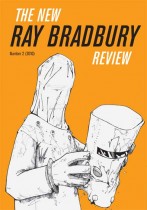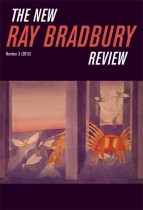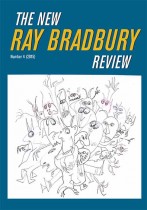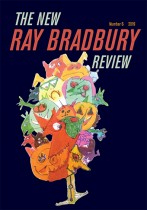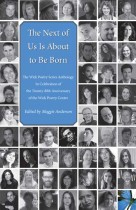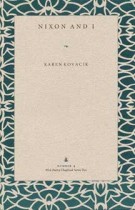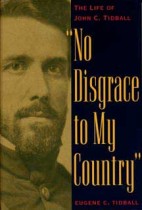The New Ray Bradbury Review, No. 1
William F. Touponce | Filed under: Literature & Literary Criticism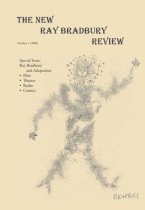
The New Ray Bradbury Review is designed primarily to study the impact of Ray Bradbury’s writings on American culture. It is the central publication of The Center for Ray Bradbury Studies, a newly established archive of Bradbury’s writings located at Indiana University. This first number is devoted to the question of adaptation, or Bradbury’s translation into other media. Bradbury often speaks of himself as a “hybrid” writer, someone whose authorship took shape in a culture dominated by mass media and the decline of book reading. This first number also features two of Bradbury’s unpublished screenplays and an extensive bibliography of Bradbury’s adaptation into other media.

